Description
Buy a book on the constitutional history of Iran
The constitutional history of Iran, which should rightly be considered the most prominent written document about the constitutional movement and its documents, is so important that even later, when the publication of Kasravi’s other writings was banned and his ideas were annulled, it still maintains its position as an accurate document. He preserved it among the historical researches and in expressing its importance, it is enough that “Ivan Siegel” translated it into English and published it all over the world.
Kasravi worked in various fields and his writings had religious, critical, social, historical and literary aspects, but his most important works are in the field of history, which Imam Khomeini says in this regard:
“Kasravi was a man, a historian, his historical information was also good. His pen was also good. But he became proud … “
Regarding Kasravi’s book-burning process, he says:
“Suddenly, one sees that Kasravi came and burned books ..! Mafatih al-Jannan was one of the books that burned, he also burned the books of mysticism. “Of course, Kasravi was a brilliant writer, but the latter had gone mad … he did not know what the book Mafatiha al-Jannan was!”
One of his most important books in the field of history is “The Constitutional History of Iran” and “The Eighteen-Year History of Azerbaijan”. Kasravi named the first volume of this book “The Eighteen-Year History of Azerbaijan” and after its publication, published the second volume entitled “The Constitutional History of Iran”.
This valuable and documentary work, which has great research value, determines the contribution of the heroes of this movement who arose from the masses of the people, and reveals scenes of the constitutional movement that remained in the shadows despite its fundamental importance. The author’s historical judgments are fairly accurate and documented. It should be fair that these two books are one of the most important sources in the field of history in relation to constitutional history.
In connection with Kasravi’s motives in writing this book, we can mention the reasons for the failure of this movement, identifying the heroes, preventing the history of the homeland from being written by foreigners, preventing forgetfulness, and finally keeping this work for the future. They point out.
“Sohrab Yazdani” was born in 1328 in Bandar Anzali. He received his PhD in Political Sociology in 1982 from Kiel University in the United Kingdom. He is currently an Associate Professor at Teacher Training University, conducting research and writing in the fields of sociology and politics. What is in this book is a search in a two-volume collection of the constitutional history of Iran and the eighteen-year history of Azerbaijan written by Ahmad Kasravi. The first part deals with Kasravi’s life during the Revolution and examines the impact of the events of that period on the formation of his thought, giving a brief assessment of his historiographical style and explaining how the history of constitutionalism was written. The second part is dedicated to the study and analysis of books on the constitutional history of Iran and the eighteen-year history of Azerbaijan.
The third part is a general assessment of these two books with the aim of identifying their central subject and determining the status of the book and the author in contemporary Iranian historiography. Ahmad Kasravi has been a controversial figure both in his life and in his works. He wrote in a variety of disciplines such as linguistics, historical geography, religious thought, and social and political issues. In all these areas he was a traditionalist and innovative thinker. But the stability of Kasravi’s scientific reputation is the credibility of his historical writings, and his most valuable historical research is undoubtedly the book on the constitutional history of Iran.
Kasravi, who considered constitutionalism to be the best kind of government, wrote the history of constitutionalism to introduce the movement to his compatriots. He wrote to clarify historical facts, to show the contribution of true libertarians and opportunists. One of his goals in writing the history of the revolution was to promote social consciousness. He wanted to acquaint the sleepy Iranians of the dictatorship era with a social movement for freedom and the establishment of the rule of law. In this book, Kasravi’s analysis of various aspects of constitutionalism is examined and evaluated on the basis of new historical knowledge.
“Constitutional History of Iran” written by Ahmad Kasravi (1269-1324) is an Iranian historian and thinker. This book is one of the important sources in the field of contemporary history and especially the history of the constitutional movement in Iran. In an introduction to the book, the author says about his motivations for writing this book: The constitutional movement started with the chaste, but ended with the chaste, and groups, from inside and outside, came to it and disrupted it, leaving the country in turmoil. The government, and the strings were broken, and the people did not know how it came and went and what was the motive for its failure. It was not easy to know these levels, and even if people were collecting stories, you would have realized these levels less and would be confused and helpless.
It is the way of the weak-minded people to always consider the rich, the famous and the glorious in such a story, to call great deeds by their name, and to forget the others who did them. This method is very popular in Iran and many examples of it appeared in this constitutional story. For example, the constitutional movement in Iran was created by Messrs. Tabatabai and Behbahani and others, but it was seen in newspapers and books that Mirza Nasrullah Khan Mushir al-Dawla was praised as its founder.
Where this Mushir al-Dawla made no effort, and we will see that he tried to remove it with the help of Mohammad Ali Mirza, and all he did was to replace Ayn al-Dawla after his removal, and Muzaffar al-Din Shah issued the constitutional decree during his tenure as prime minister. The people of Iran, who are caught up in the scattering of ideas, and you can not find a dozen with one way and one thought, the constitutional event had become another ground for the scattering of thoughts, and there was frequent discussion in forums and a series of crude and baseless speeches. In a movement in which thousands of noble and pure men rose up, and thousands of young people lost their lives in it, ignorance of ignorance made it a very small occurrence, saying, “It was something others had brought up and they themselves had taken it.”
1- Introducing the book on YouTube
2- Introducing the book in Aparat


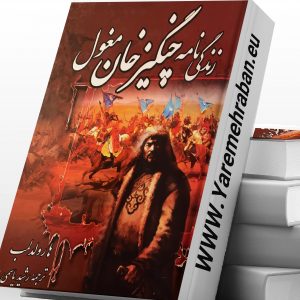
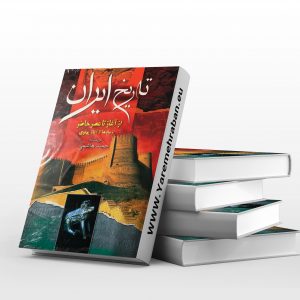

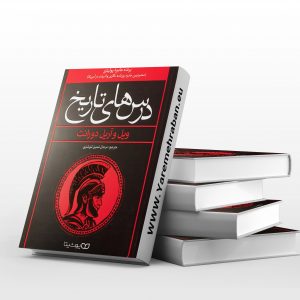

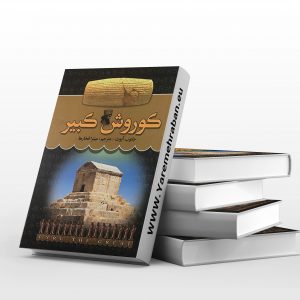

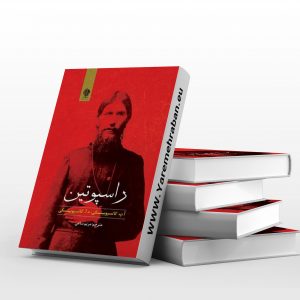




Reviews
There are no reviews yet.